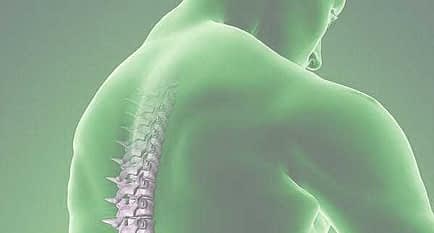
Recent research carried out at the National Hospital of Paraplegics in Toledo, Spain, has shown promising effects of a component of olive oil in combination with albumin in the treatment of some spinal injuries.
Oleic Acid molecules, extracted from olive oil and the main protein in blood have demonstrated potential uses in pain relief and recovery from spinal trauma in animal models.
This research carries on from work done at the Institute of Neurosciences in Castilla and Leon, where the neutrotrophic (growth of neurons) factor, a molecule of albumin and oleic acid combined, was discovered.
Experiments thus far have shown three potentially beneficial effects in animals exposed to spinal trauma. These included increased neuron growth, anti-inflammatory properties, which could help maintain spinal cord structure after injury, and a ‘painkilling’ effect, suggested by reduced excitation in the damaged spinal cord after application.
The studies were carried out using the olive variety known as Cornicabra, found in the mountainous regions of Toledo.
While confirming these findings show promise for use in human treatment, Dr Julian Scott Taylor, head of the study, stressed that further animal studies are required before human trials can be commenced.
Toxicology of the compound must be thoroughly investigated along with testing to determine if the compound can be used intravenously in humans. However, once animal testing is completed, the drug has been approved for trials in humans on a European level.
This would allow the team, in conjunction with Lipopharm Biopharmaceuticals to patent the clinical trial use of oleic acid and albumin in the treatment of spinal cord injuries, providing funding can be obtained to continue research in the current economic downturn.
Olive oil polyphenols have also been indicated as potentially beneficial in a study carried out by Lorestan University of Medical Sciences in Iran. That study demonstrated protective effects of oleuropein, an antioxidant polyphenol from olive oil, in rats with spinal trauma showing the possibility of a protective effect against secondary injury.








